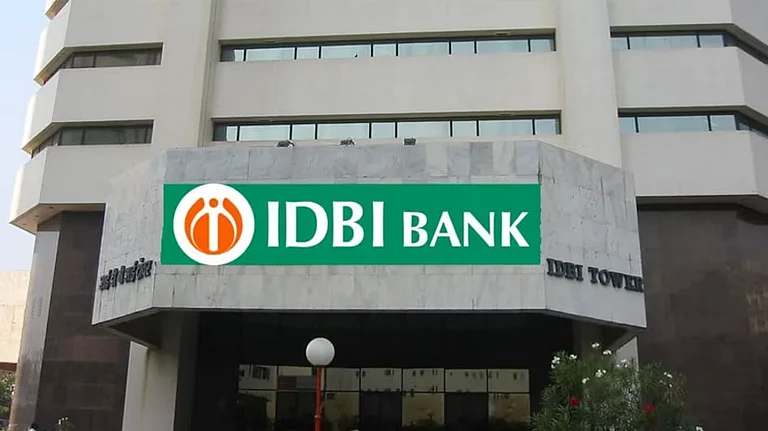Centennial companies have weathered the storms of time, evolving their ownership structures to adapt to the changing dynamics at the macro, meso and micro levels and at socio-economic-political-institutional, business, society and family levels. A few factors include the institutional framework of the country, industry-specific dynamics, profitability and earnings trends, corporate governance practices, family, state or foreign multinational company ownership and mergers and acquisitions.
The evolution of the ownership structure is essential to navigate the challenges thrown by the dynamic environment, and its implications extend beyond financial performance. It influences firm strategies, value, dividend policy, corporate governance, corporate social responsibility, environmental sustainability and industry dynamics. This article looks at some factors that have influenced ownership structures in long-lasting companies.
The Great Family Sagas
Family ownership has been a prevalent characteristic of many long-standing Indian companies. Many of them have surpassed the century mark and, yet, have retained family ownership, symbolising their resilience and commitment to legacy despite the challenges faced during inter-generational ownership and succession transitions.
The ownership structure has evolved from individual to a holding company or trust for reasons such as separating ownership and management, facilitating succession planning, protecting family assets, optimising taxes and enabling business expansion. These transitions are driven by a desire to ensure long-term sustainability, enhance governance practices and secure the family’s wealth and legacy in the evolving business landscape.
For example, Bajaj Group transitioned from individual family ownership to a holding company structure with Bajaj Holdings & Investment Limited (BHIL) as the apex holding company. This restructuring facilitated a more streamlined approach to managing the diverse businesses and enhanced corporate governance. The Murugappa Group transitioned to a family trust structure—the Murugappa Chettiar Trust—to ensure seamless succession and preserve family values. The Godrej Group utilised a combination of family trusts and holding companies to optimise tax efficiency and facilitate estate planning. This structure allows for efficient wealth management and seamless inter-generational transfers.
Going Public
Large, long-lasting companies do not need to go public. There are ample examples, such as Parle Products or the Serum Institute of India, that have chosen to remain privately held, perhaps, to retain control and avoid the regulatory requirements and public scrutiny that come with being a listed company. By staying private, families can make strategic decisions with a long-term perspective without being influenced by short-term market pressures and it offers greater flexibility and autonomy in decision-making. This can be advantageous for companies that prioritise confidentiality or have unique business models that may not fit the public market’s expectations.
However, as they grow in size and complexity, most companies venture into the realm of public listing, embracing the benefits of wider ownership, enhanced corporate governance and often valuable insights from institutional investors. The Bombay Stock Exchange, India’s oldest stock exchange, transformed from a secretive club of brokers to a publicly listed company.
Going public may dilute the family’s ownership and control over the company. However, some families view the benefits of accessing public capital, enhancing liquidity and widening the shareholder base as a means to achieving their long-term vision for the business. Reliance and the Aditya Birla Group have used initial and follow-on public offerings to fuel expansion plans and fulfil the vision of becoming a global player across diverse businesses. Infosys went public in 1993 to adopt best-in-class governance practices, enhance transparency and build trust with investors and clients.
The Shape Shifters
Mergers, acquisitions, corporate restructuring and strategic alliances have significantly altered ownership structures and dynamics in the corporate world. Britannia Industries went from a humble bakery to a confectionery conqueror through strategic alliances and acquisitions. These strategic moves strengthened its market presence and transformed its ownership structure.
Hindustan Unilever Limited, formed through the merger of Lever Brothers, Hindustan Vanaspati Manufacturing Co. and United Traders Limited in 1956, exemplifies the impact of a merger on ownership structures. Tata Group’s Indian Hotels Company Limited, in its 120 years of existence, has entered several partnerships, strategic alliances and mergers and acquisitions to become the world’s strongest hotel brand and the largest hospitality group in South Asia.
Each of these activities impacts control, shareholding structure and governance, reshaping the companies’ landscape.
Shareholder Activism
Institutional investors and shareholder activism have become key players in the ownership narratives of Indian companies. In the 2009 case of Satyam Computers, shareholder activism played a crucial role in exposing fraudulent activities and seeking justice for the shareholders. After the scandal came to light, several institutional and individual shareholders of Satyam, including mutual funds, pension funds and retail investors, actively pursued legal action and sought remedies for the losses incurred due to the fraudulent practices of the company’s management. They filed lawsuits against the company, its management, auditors and other involved parties. As a result, the founder lost control of the company and, subsequently, it was acquired by the Mahindra Group through a competitive bidding process.
Making Their Own Stories
The evolution of ownership patterns in long-lasting Indian companies is a captivating case study with important implications for the broader business landscape.
The ownership journey of these companies teaches us that there is no one-size-fits-all formula for success. The enduring family-owned businesses remind us of the power of tradition and the importance of nurturing strong family bonds. The public listings highlight the advantages of opening up to the world, attracting diverse shareholders and embracing corporate governance principles. The shape shifters prove that strategic alliances and acquisitions can rewrite a company’s destiny. And shareholder activism reminds us that no company is safe from the demands of its shareholders, regardless of its age or legacy.
The evolving ownership patterns in Indian centenarian companies are a testament to their resilience, adaptability and ability to thrive in an ever-changing business landscape. Their stories provide valuable insights and inspiration for companies of all ages, urging them to embrace change, write scripts and captivate audiences with ownership journeys.
Nupur Pavan Bang is the academic director, Thomas Schmidheiny Centre for Family Enterprise, Indian School of Business


























